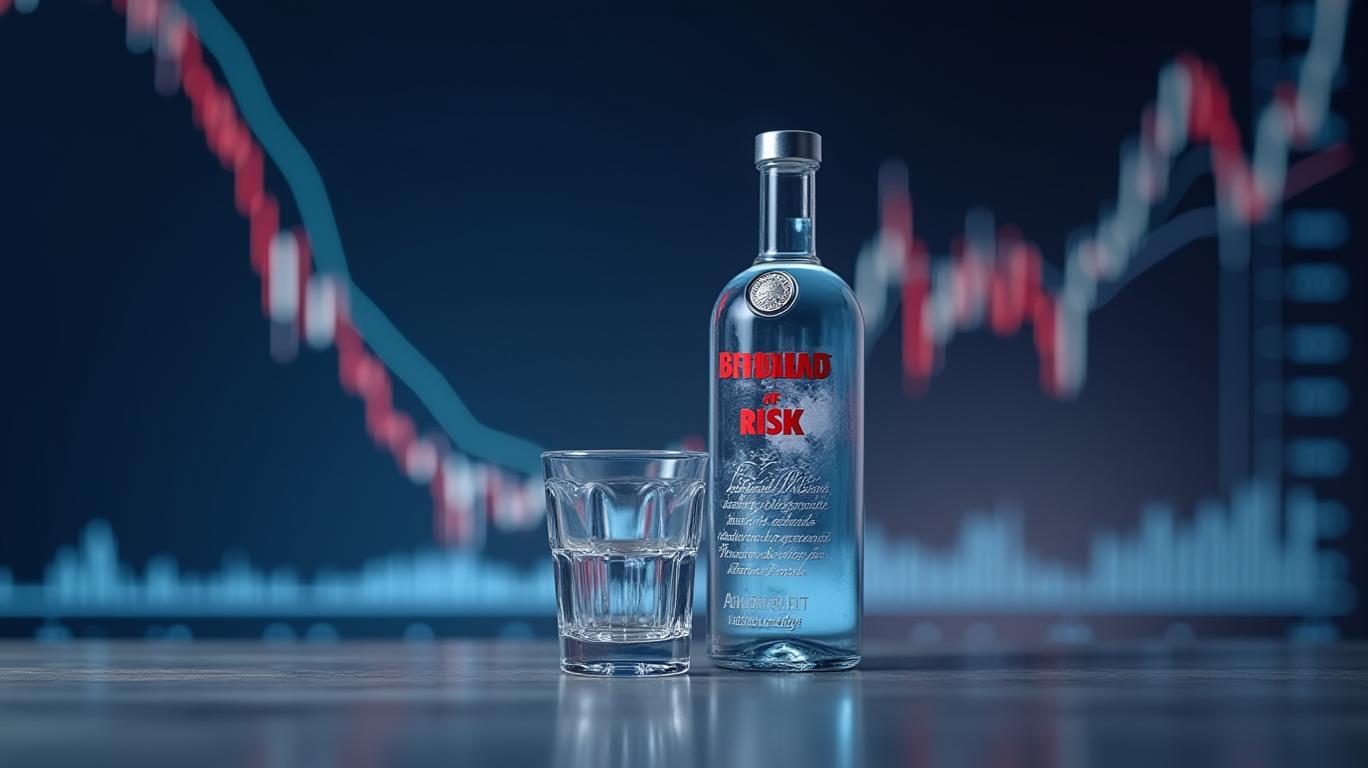Oceanus Group (SGX:579): Profitability Under Pressure as Red Flags Multiply
Investors Beware: Oceanus Group’s Financial Health Raises Alarm Bells
Oceanus Group (SGX:579), a Singapore-based aquaculture and marine solutions provider, has sparked investor concern over the quality of its reported profits. Recent financial disclosures and regulatory scrutiny reveal a company struggling to sustain profitability, with red flags in cash flow, debt management, and governance. Here’s a deep dive into the risks.
1. Cash Flow Crisis: Negative Free Cash Flow for Three Straight Years

The company’s operating cash flow has been in freefall, with trailing twelve-month (TTM) free cash flow hitting -S$15.6 million as of December 2024. This is the third consecutive year of negative FCF, a stark contrast to its recent reported EBIT of S$4.53 million. The disconnect between earnings and cash generation suggests systemic inefficiencies.
The inability to convert earnings into cash is compounded by a S$14.38 million negative operating cash flow in the same period. Meanwhile, trade receivables surged from S$1 million in 2019 to S$16 million in 2020, indicating poor collections and potential credit risks.
2. Debt Dependency and Fragile Liquidity
Oceanus’s reliance on short-term debt has grown alarmingly. Current liabilities now fund 56% of its operations, with a debt-to-equity ratio of 1.27, nearly double the industry average. Its return on equity (ROE) of 1.7%—versus an industry average of 8.2%—highlights poor capital efficiency.
The company’s net debt of -S$17.64 million (net cash) appears positive, but this masks liquidity risks. With interest expenses eroding profits, the net income turned negative (-S$2.81 million TTM), despite positive EBIT.
3. Revenue Recognition and Governance Red Flags
The Singapore Exchange (SGX) issued queries on August 22, 2024, targeting Oceanus’s financial disclosures, signaling regulatory skepticism. Among the concerns:
- Interest-Free Loan to a Third Party: A S$1.268 million interest-free loan to a vendor raised eyebrows. This transaction lacks commercial rationale and could mask related-party deals or governance failures.
- Years of Losses: The company reported a 92% profit decline in 1H2024, with net losses now exceeding prior profits.
- Weak Institutional Oversight: Retail investors hold 55% of shares, with insiders owning only 13%, reducing accountability.
4. Overvalued Stock Amid Structural Challenges
Despite these issues, Oceanus trades at a P/E ratio of 50, nearly double its sector’s average of 29. This disconnect is puzzling given its stagnant revenue growth (5% YoY) and operating margins of 3.97%, well below the industry’s 6.4%.
The stock’s volatility—a 700% surge followed by a 46% drop from its peak—reflects speculative trading rather than fundamentals.
Conclusion: A High-Risk Investment
Oceanus Group’s financial metrics paint a bleak picture:
- Cash Flow Collapse: Negative FCF for three years signals an inability to sustain operations.
- Debt Overhang: A debt-to-equity ratio of 1.27 and a 1.7% ROE underscore poor capital management.
- Governance Concerns: The SGX’s queries and opaque transactions raise red flags about transparency.
- Overvaluation: A P/E of 50 versus weak earnings growth makes the stock vulnerable to a correction.
Investors should proceed with caution. While the company aims to pivot to tech-driven ventures like Universal Aquaculture, its ability to execute hinges on resolving these deep-seated financial flaws. Until then, Oceanus remains a high-risk bet.
Final Note: Monitor regulatory responses to SGX’s queries and cash flow improvements in 2025. Without drastic changes, the red flags will persist.










